

Cellino is a town in the high Salento area immersed in a flat countryside with plenty of spring water and rich in olive groves and vineyards, halfway between Brindisi and Lecce.
The name of Cellino comes from the Greek and means "black" as the colour of the olives that are cultivated, while San Marco comes from the devotion to the evangelist saint.
The territory of Cellino had been inhabited since ancient times and a tomb was found with three underground cells, which contained about 80 bodies, and nearby to Masseria Veli an oven for cooking pots dating back to 1800-2000 BC, i.e. to the Neolithic and Bronze Age.
A funerary plaque of Roman origin and other remains also indicate the presence of Rome, which had its largest port of embarkation for the Middle East in nearby Brindisi. The tombstone was dedicated by his sons to their father Caio Oscinio Aquila.
With the fall of the Roman Empire, this area of Salento found itself to be a watershed between the kingdom of the Lombards and the Roman Empire of the East and therefore of the Byzantines. Perhaps for this reason we have no news of any settlement and like all border areas this too had to be the subject of many conflicts.
The village of Cellino was formed in the Middle Ages in the 9th century around a small church, the Chapel of San Marco, which today is located near the cemetery, with a grange (country house) and which depended on the Abbey of Sant'Andrea dell'Isola in Brindisi. This first nucleus was founded by the Basilian monks of Greek origin who abandoned it in the 12th century when they were forced to leave the territory.
The name of Cellino comes from the Greek and means "black" as the colour of the olives that are cultivated, while San Marco comes from the devotion to the evangelist saint.
The territory of Cellino had been inhabited since ancient times and a tomb was found with three underground cells, which contained about 80 bodies, and nearby to Masseria Veli an oven for cooking pots dating back to 1800-2000 BC, i.e. to the Neolithic and Bronze Age.
A funerary plaque of Roman origin and other remains also indicate the presence of Rome, which had its largest port of embarkation for the Middle East in nearby Brindisi. The tombstone was dedicated by his sons to their father Caio Oscinio Aquila.
With the fall of the Roman Empire, this area of Salento found itself to be a watershed between the kingdom of the Lombards and the Roman Empire of the East and therefore of the Byzantines. Perhaps for this reason we have no news of any settlement and like all border areas this too had to be the subject of many conflicts.
The village of Cellino was formed in the Middle Ages in the 9th century around a small church, the Chapel of San Marco, which today is located near the cemetery, with a grange (country house) and which depended on the Abbey of Sant'Andrea dell'Isola in Brindisi. This first nucleus was founded by the Basilian monks of Greek origin who abandoned it in the 12th century when they were forced to leave the territory.
Read More




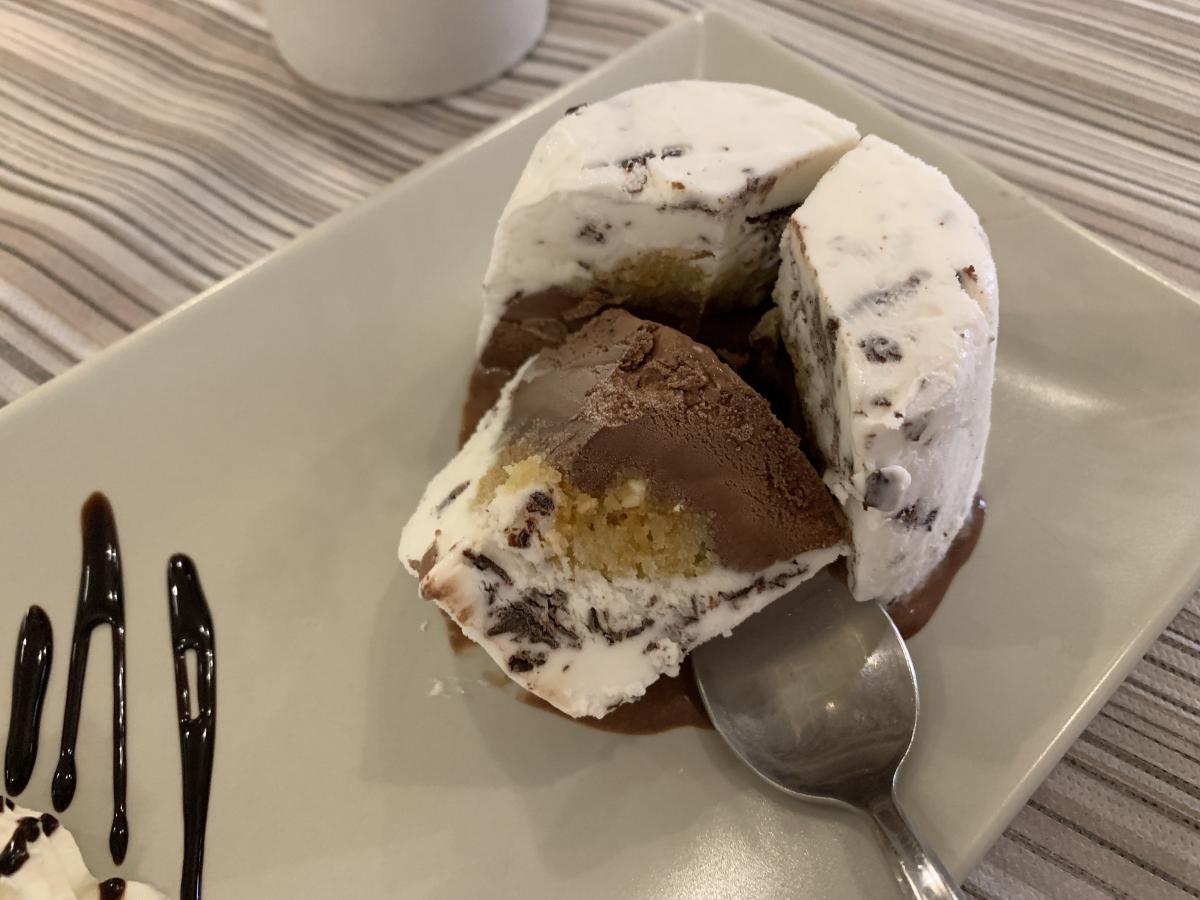
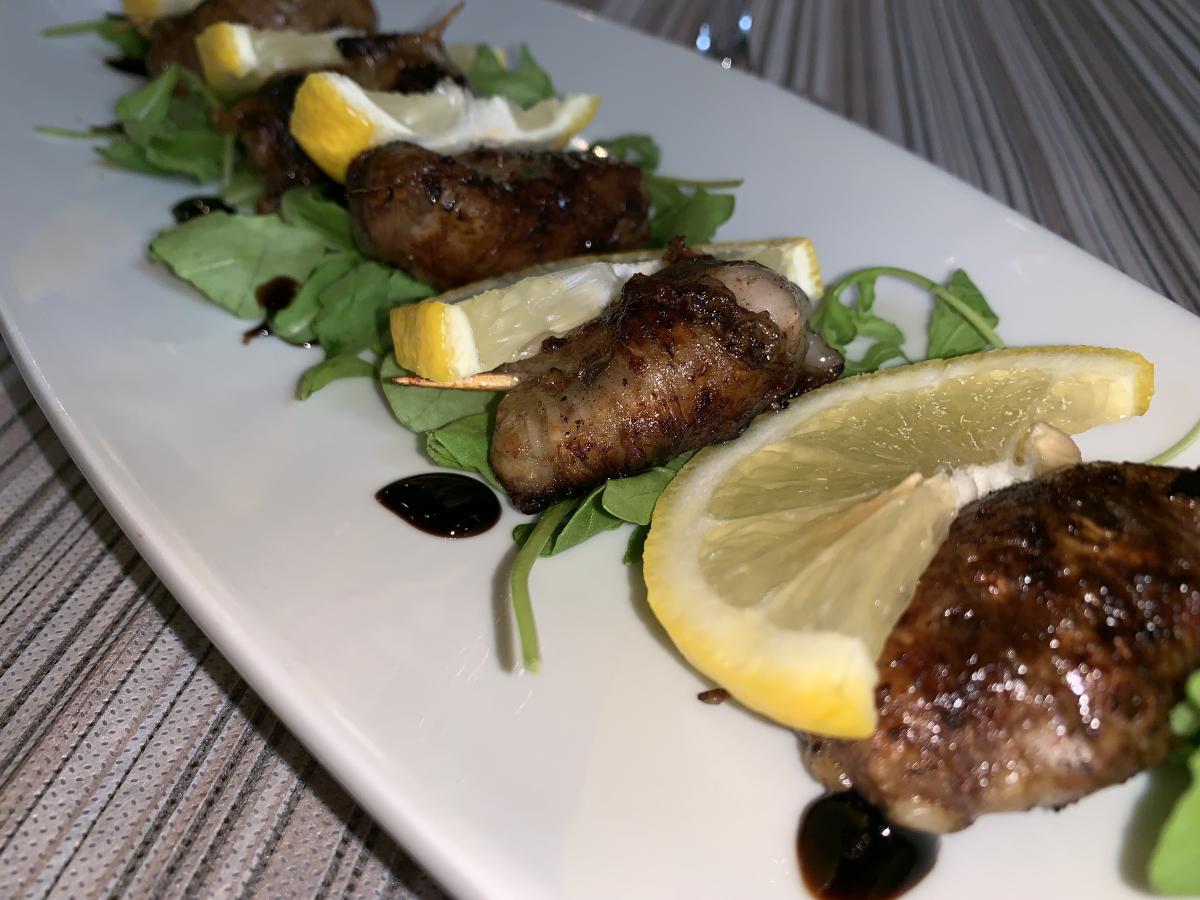




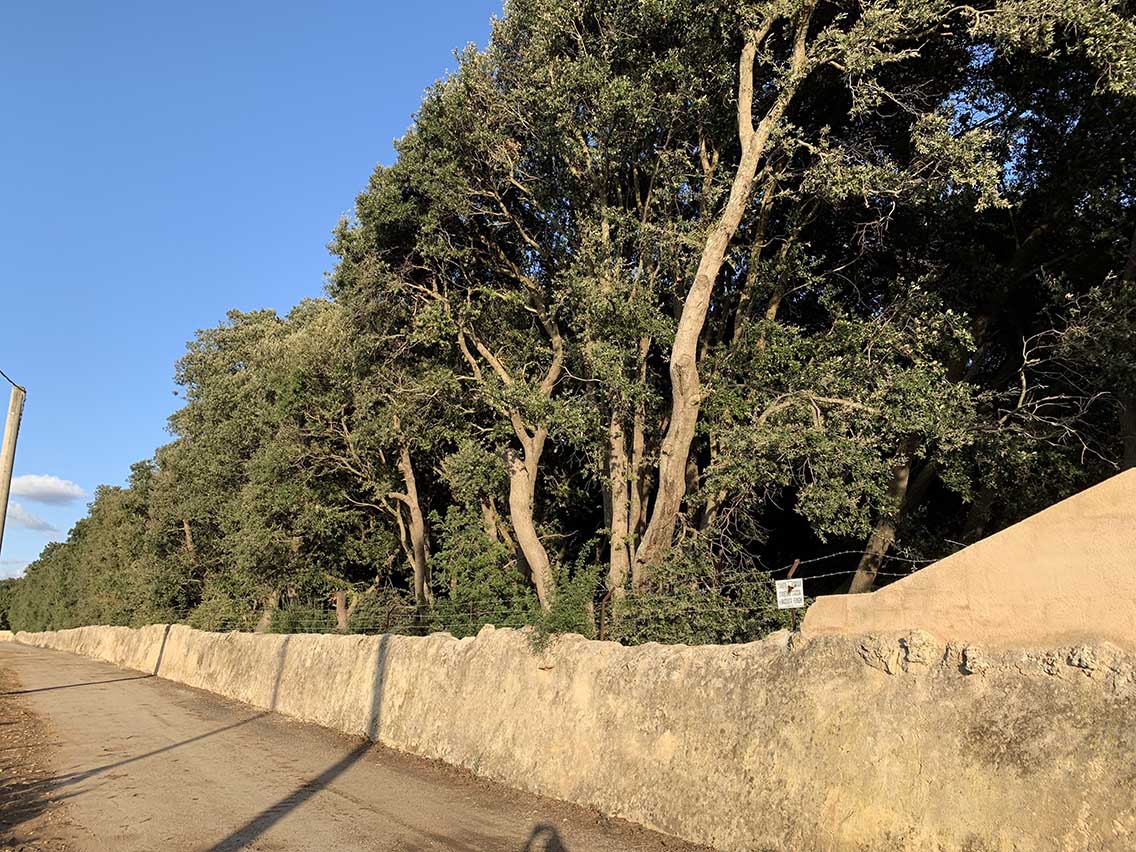
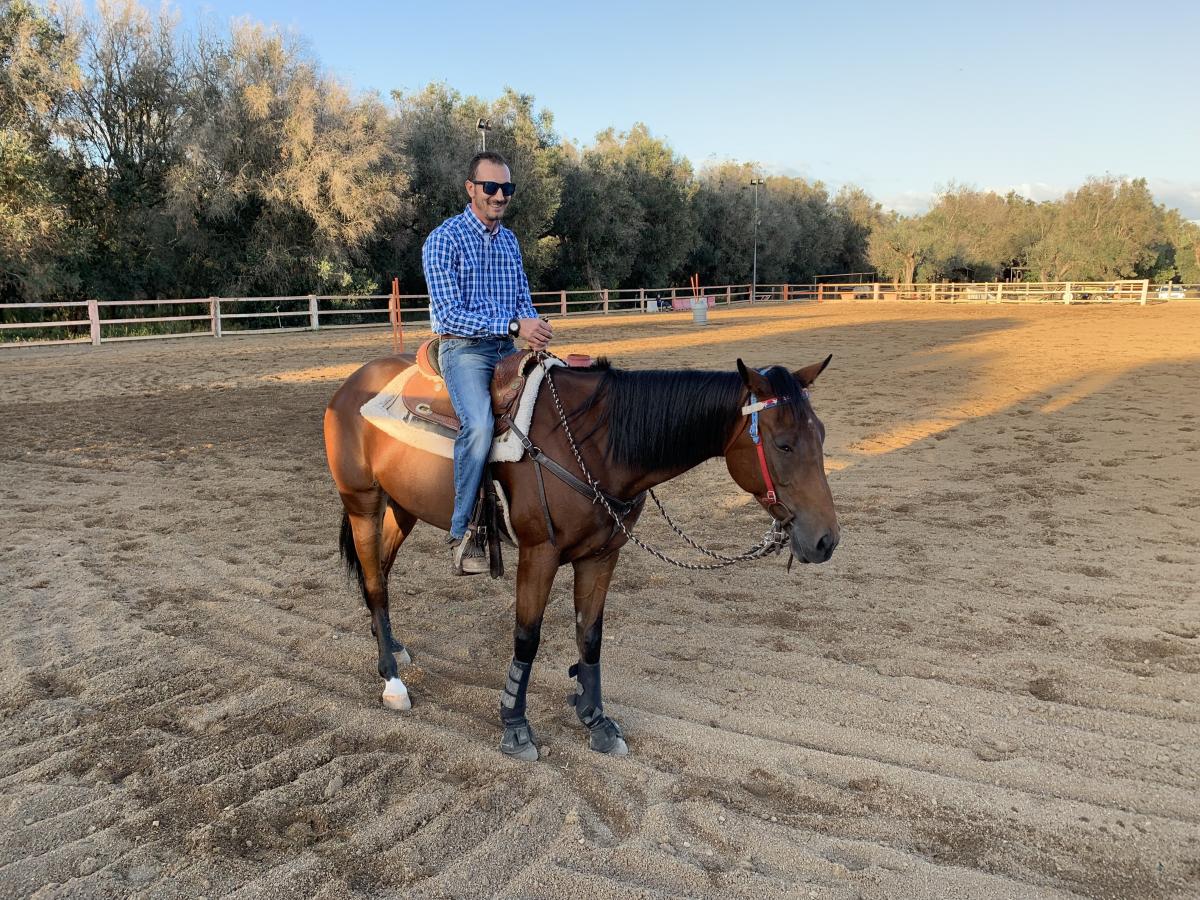




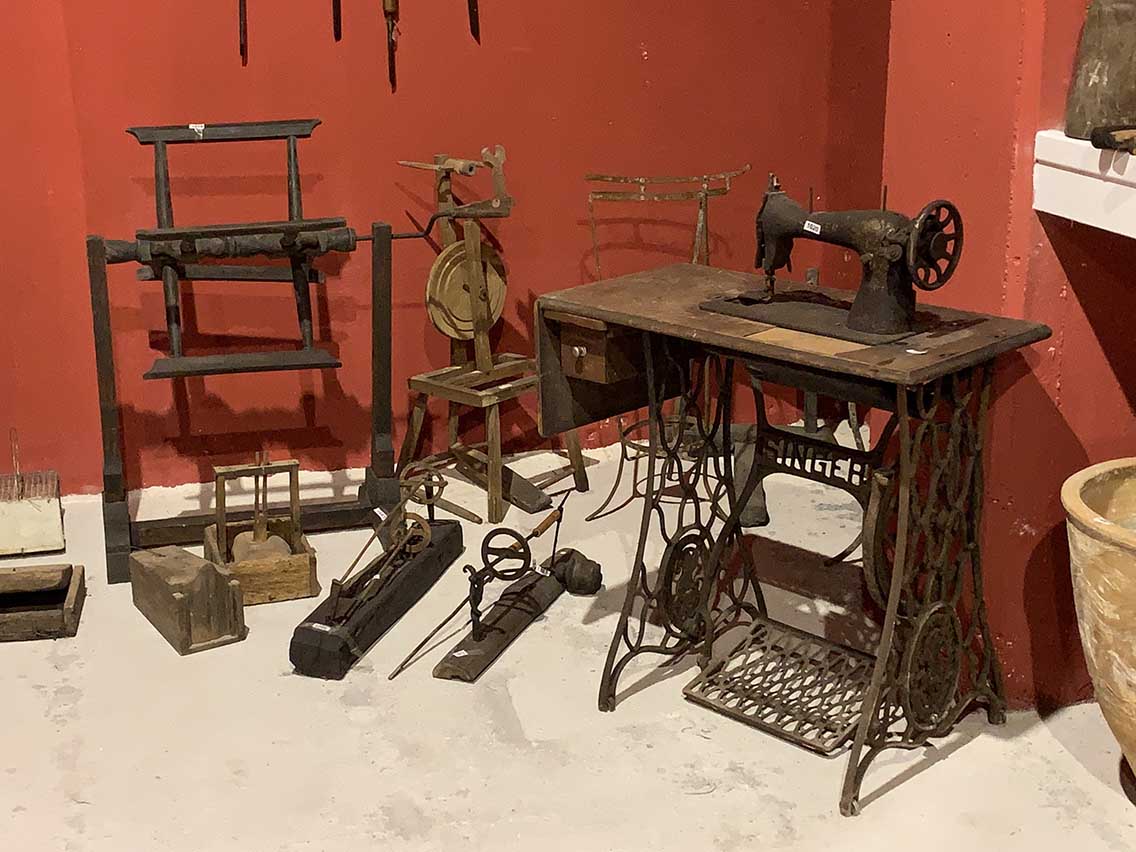









Follow us